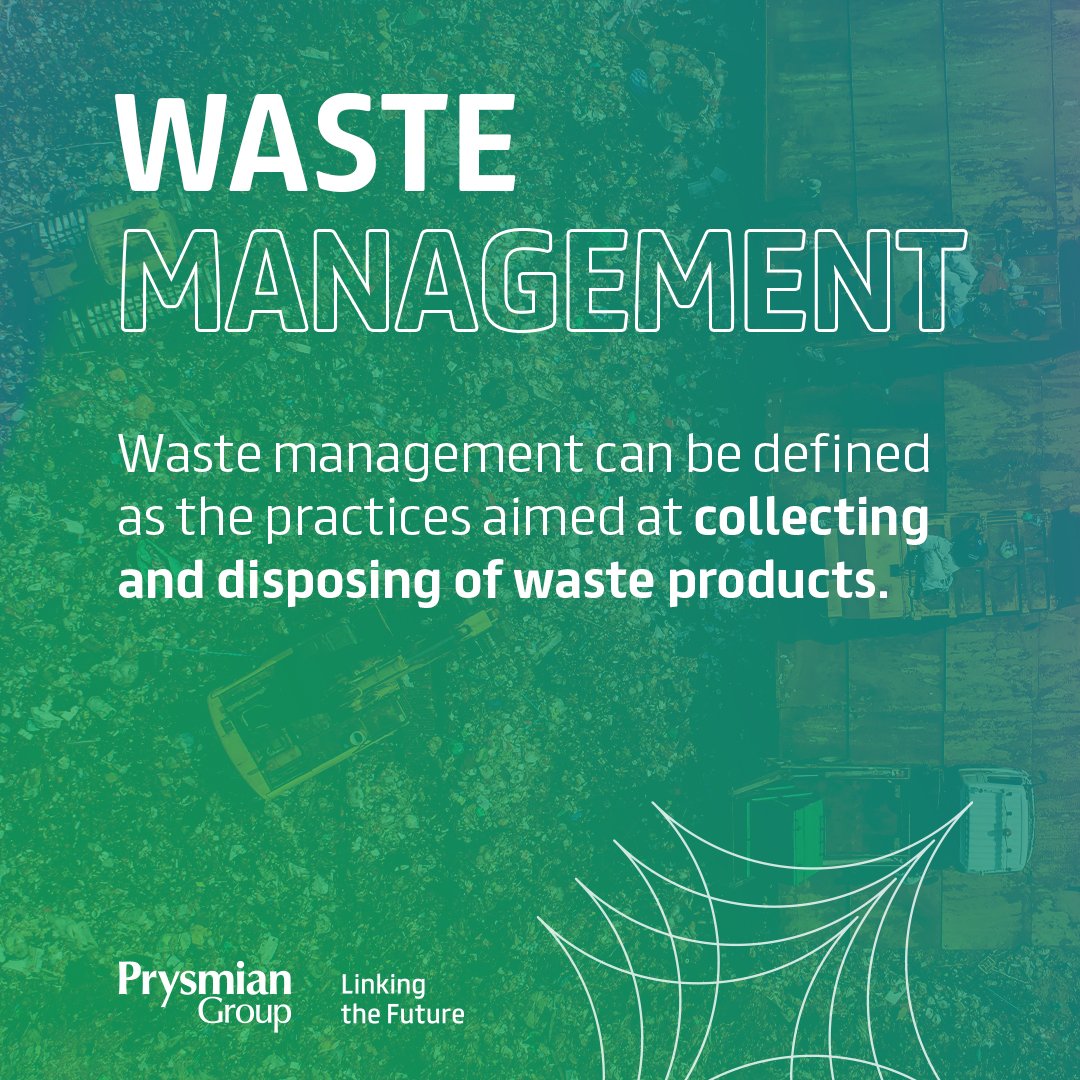A Biased View of Reclaim Waste
A Biased View of Reclaim Waste
Blog Article
The Greatest Guide To Reclaim Waste
Table of ContentsAn Unbiased View of Reclaim WasteExamine This Report about Reclaim WasteThe Basic Principles Of Reclaim Waste The Only Guide for Reclaim Waste4 Easy Facts About Reclaim Waste Described
Explore the kinds, occurrences, and forms of liquid waste. Domestic sewage waste refers to the waste and items from a property septic container. This kind of waste is produced by human beings in houses, colleges, and various other structures. This only consists of septic tanks that have a drain field. The correct administration and disposal of residential sewage waste call for liquid waste to be moved to a sewer therapy plant where the correct methods and equipment are related to purify and deal with waste.
Industrial waste often includes prospective risks, such as flammable materials or a mix of liquid and solid waste products, and calls for a more innovative and detailed disposal process. The disposal of industrial waste commonly entails the filtration of waste before transport to make sure secure and proper disposal. Hazardous waste is developed from results and drainage of industrial procedures and production.
This kind of waste can not use the very same sewage administration transportation or processes as septic or business liquids. The commercial waste administration process calls for the inspection and testing of fluid waste before it goes through the disposal process (liquid waste disposal). Runoff waste is the fluid waste that comes from overflow and excess stormwater in highly inhabited areas or cities
Drainage waste can create contamination and flooding if not taken care of correctly. Guaranteeing appropriate waste management can avoid calamities and decrease environmental injury.
The Definitive Guide for Reclaim Waste
Contact PROS Solutions today to find out about our waste management and disposal solutions and the appropriate methods to take care of the liquid waste you create.
(https://reclaimwaste1.creator-spring.com)Do you recognize what takes place to your water when you end, purge the bathroom or drain pipes the washing device? No? Well, it's worth understanding. This supposed 'wastewater' is not just a vital source yet, after treatment, will be released to our land, rivers or the ocean. Used water from toilets, showers, baths, kitchen sinks, washings and industrial processes is called wastewater.

water used to cool machinery or tidy plant and tools). Stormwater, a kind of wastewater, is drainage that moves from agricultural and metropolitan locations such as roofs, parks, gardens, roads, paths and rain gutters right into stormwater drains pipes, after rain. Stormwater flows untreated straight to local creeks or rivers, eventually reaching the ocean.
Reclaim Waste Fundamentals Explained
In Queensland, many wastewater is dealt with at sewer treatment plants. Wastewater is transported from residential or commercial websites with a system of sewage systems and pump stations, called sewage reticulation, to a sewage treatment plant. City governments develop, preserve and operate most sewer therapy plants. Operators are accredited under the Environmental Defense Act 1994 to release treated wastewater at an appropriate environmental criterion into waterways.
The Department of Natural Resources suggests regional federal governments concerning handling, operating and keeping sewage systems and treatment plants. In unsewered areas, regional governments might need homeowners to set up specific or household sewage therapy systems to deal with residential wastewater from toilets, kitchen areas, shower rooms and washings. The Department of Natural Resources authorizes the usage of family systems when they are verified to be effective.
In some brand-new class, treatment of some stormwater to remove trash, sand and crushed rock has started utilizing gross contaminant traps. Wastewater treatment takes place in four stages: Eliminates solid matter.
Wastewater then moves right into huge storage tanks where solids work out and are eliminated as sludge. Oil and residue are skimmed from the surface area. Makes use of tiny living microorganisms referred to as micro-organisms to break down and remove remaining liquified wastes and fine fragments. Micro-organisms and wastes are included in the sludge. Eliminates nitrogen and phosphorus nutrients that can cause algal flowers in our waterways and threaten water life.
Fascination About Reclaim Waste
Nutrient elimination is not available at all sewage treatment plants because it calls for pricey specialized equipment. It is becoming more common in Queensland. Clear liquid effluent created after treatment important source may still include disease-causing micro-organisms. If this effluent is released into rivers such as rivers or the sea, the micro-organisms will at some point die out.

This usually suggests wastewater has to be treated or contaminants removed before it can be discharged to waterways. Many wastewater moves into the sewerage system. Under the Act, regional governments provide approvals and permits for ecologically pertinent tasks (Ages) including wastewater launches that might have a neighborhood effect. The division administers authorizations and permits to Ages involving wastewater launches that may have a regional or statewide effect.
Unknown Facts About Reclaim Waste
Monitoring offers factual information about water top quality and can confirm that permit conditions are being met. The info gotten with surveillance offers the basis for making water quality decisions.
Report this page